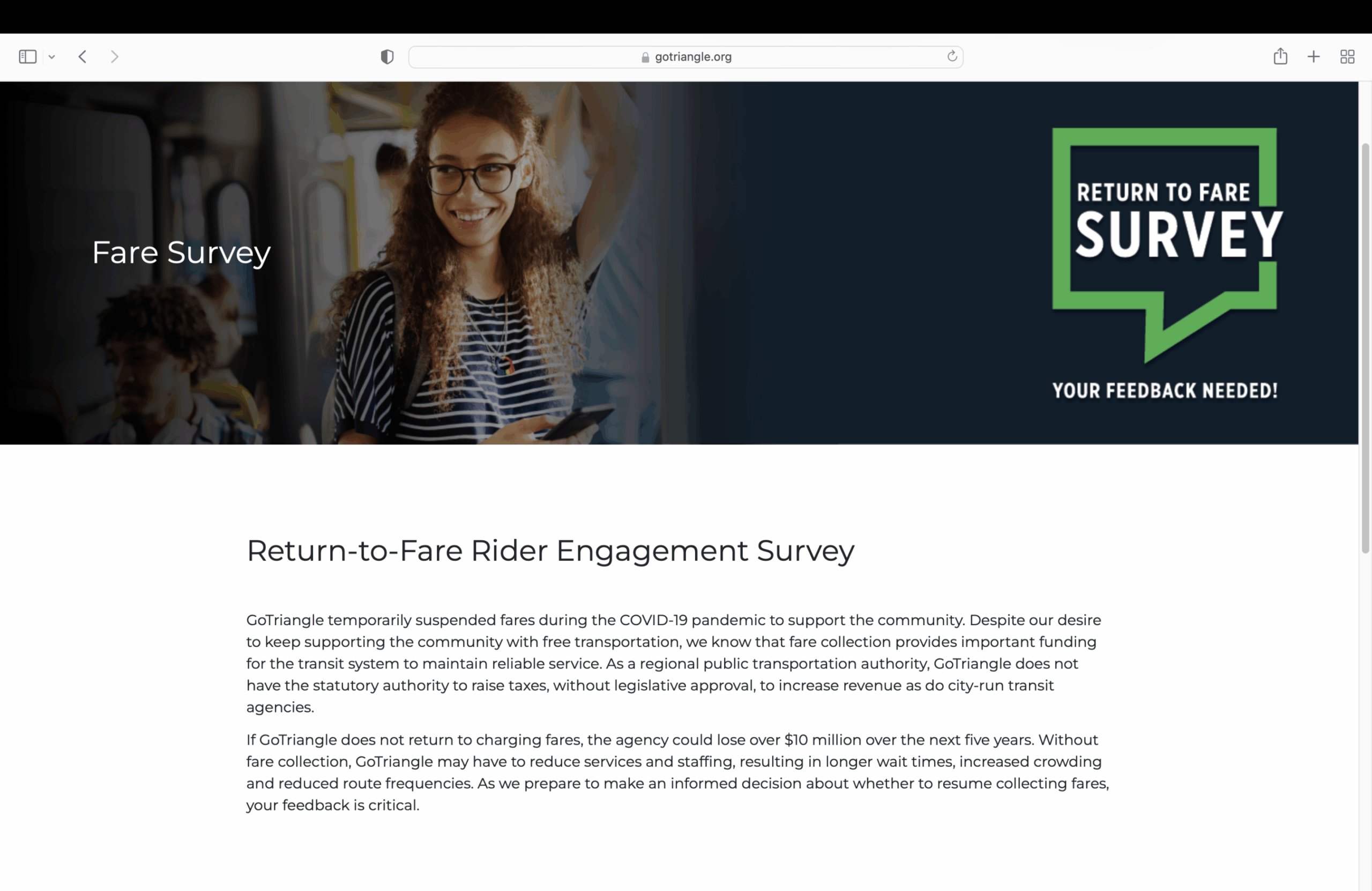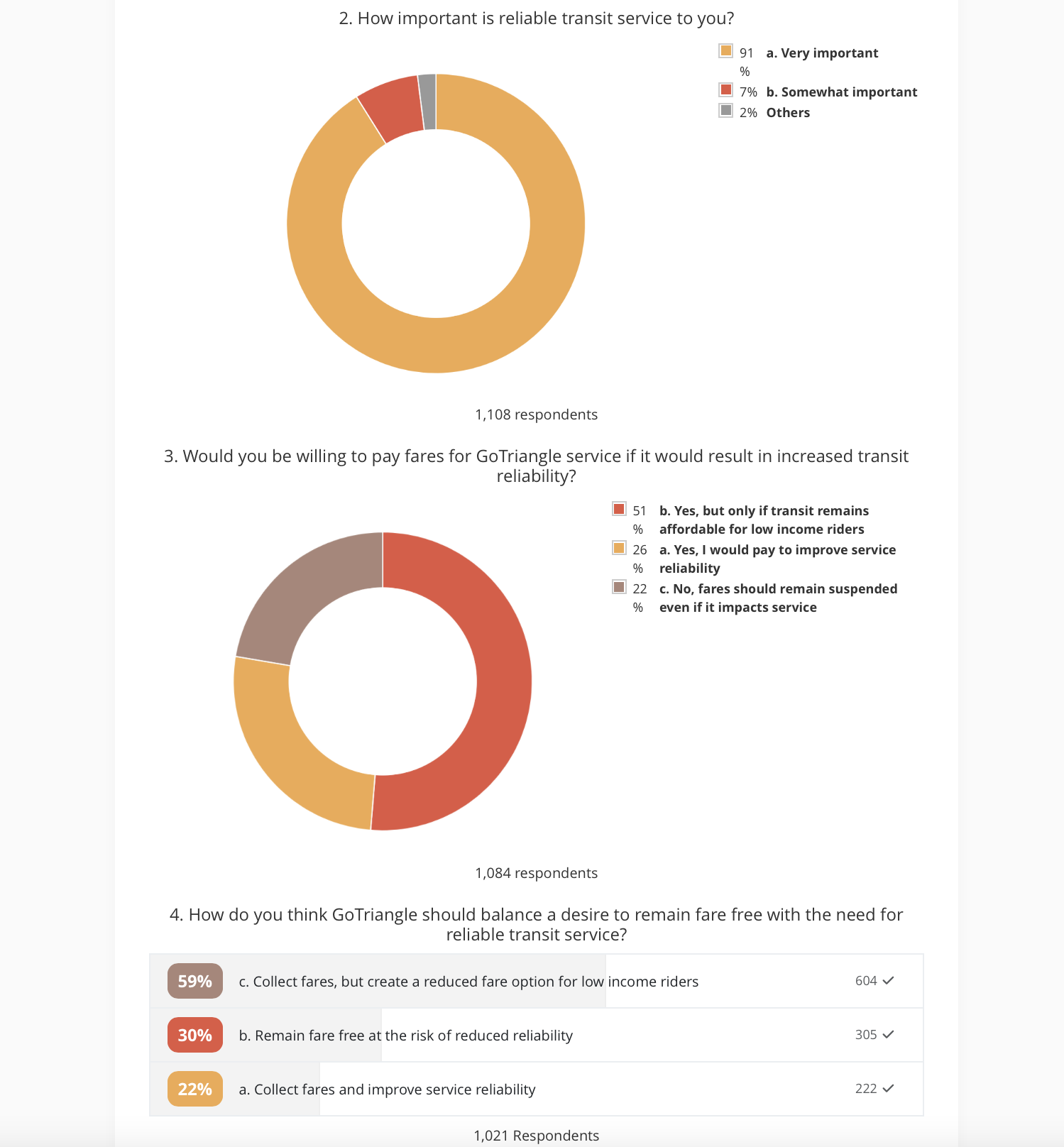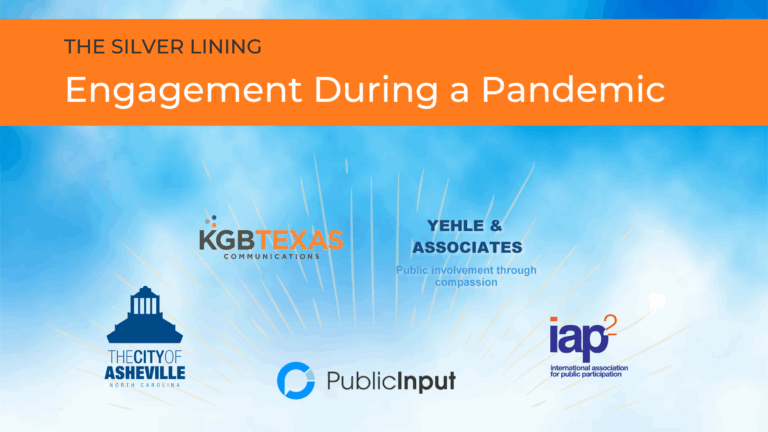How Transit Agencies Can Increase Ridership – Engagement Strategies from GoTriangle

The past few years have brought a seismic shift in how transit agencies use data to guide their planning process. It’s easier than ever to pull historical data, forecast demand, get route-level analytics, and view real-time performance KPI’s.
But despite such robust metrics, agencies still struggle to determine where and how new services should be implemented, and almost all are familiar with the public opposition that comes from making these hard decisions. What have we missed?
In our work with successful transit agencies across the country, the answer has become clear: reaching and engaging the right communities is hard!
Introducing Community-Centric Transit Planning
It goes without saying that all transit planning should be data-informed. But if rider feedback and community engagement data isn’t available, you’re missing critical context that can make or break the success of your plans, service changes, and ridership growth.
Putting people at the center of the planning process is a journey, and without the right tools and support, it can be a daunting one. PublicInput gives teams the tools, best practices, and support to achieve engagement success and build deeper relationships with your riders.
Recently we hosted GoTriangle, a long-time PublicInput customer, during our webinar, “Proven Public Engagement Strategies for Transit Planning Success.” Austin Stanion, Regional Technology Project Manager for the agency, shared best practices to simplify public engagement efforts, increase efficiencies, and create more equitable outcomes for the Triangle.
1. Proactively involve a broad range of stakeholders in the decision-making process.
Tactics:
- Surveys and Feedback Collection: GoTriangle sought rider sentiment early in the discussion on returning to fares. This feedback highlighted broad support for the initiative, but revealed concern from low-income riders as well as the potential for miscommunication about the new boarding process that would be involved. Their engagement accelerated the approval of the policy, while informing the process behind its implementation, specifically in the development of a low-income fare program and communication strategies for the go-live date.

2. Tailor outreach efforts to effectively communicate with diverse rider groups.
Tactics:
- Multilingual Engagement: GoTriangle launched specific initiatives to reach non-english speaking riders, including community events and translated communications to raise awareness of available benefit programs and the switch to a mobile fare application.
- Accessibility and Inclusion: The team also aimed to simplify access to fare programs by focusing on reduced administrative burdens, ensuring that all riders (especially those from underserved communities), were able to learn about the programs and participate.
3. Leverage the insights of operators to help increase public engagement and enhance service delivery.
Tactics:
- Formalize Operator Feedback: During each public engagement phase, the GoTriangle team created a parallel effort with bus operators to gather their observations and insights about rider behavior and challenges. The first-hand experiences shared refined engagement strategies and identified areas needing additional support or communication, such as the need for increased promotion of the new mobile fare application and boarding process.

4. Strengthen the relationships with regional institutions and employers to support fare programs.
Tactics:
- Employer Engagement: GoTriangle used their rider surveys to collect employer data to guide tailored outreach and business development programs with regional employers and institutions. These initiatives drive revenue generation such as the GoPass program that offers fare passes as a benefit for employees of these regional businesses.
5. Utilize various channels for ongoing feedback and issue resolution.
Tactics:
- Real-Time Strategy Adjustments: Beyond documenting interactions at public meetings and online engagement forms, GoTriangle analyzed its engagement data continuously to adjust their strategies and leverage different communication channels, such as Community Based Organizations and local employers.

Serving as a best practice model for transit agencies, GoTraingle’s strategies and tactics demonstrate a strong commitment to comprehensive, inclusive, and responsive public engagement.
Learn how PublicInput makes it easy for transit agencies to plan, implement, and support mobility options, schedule a conversation with our Transit experts today.






